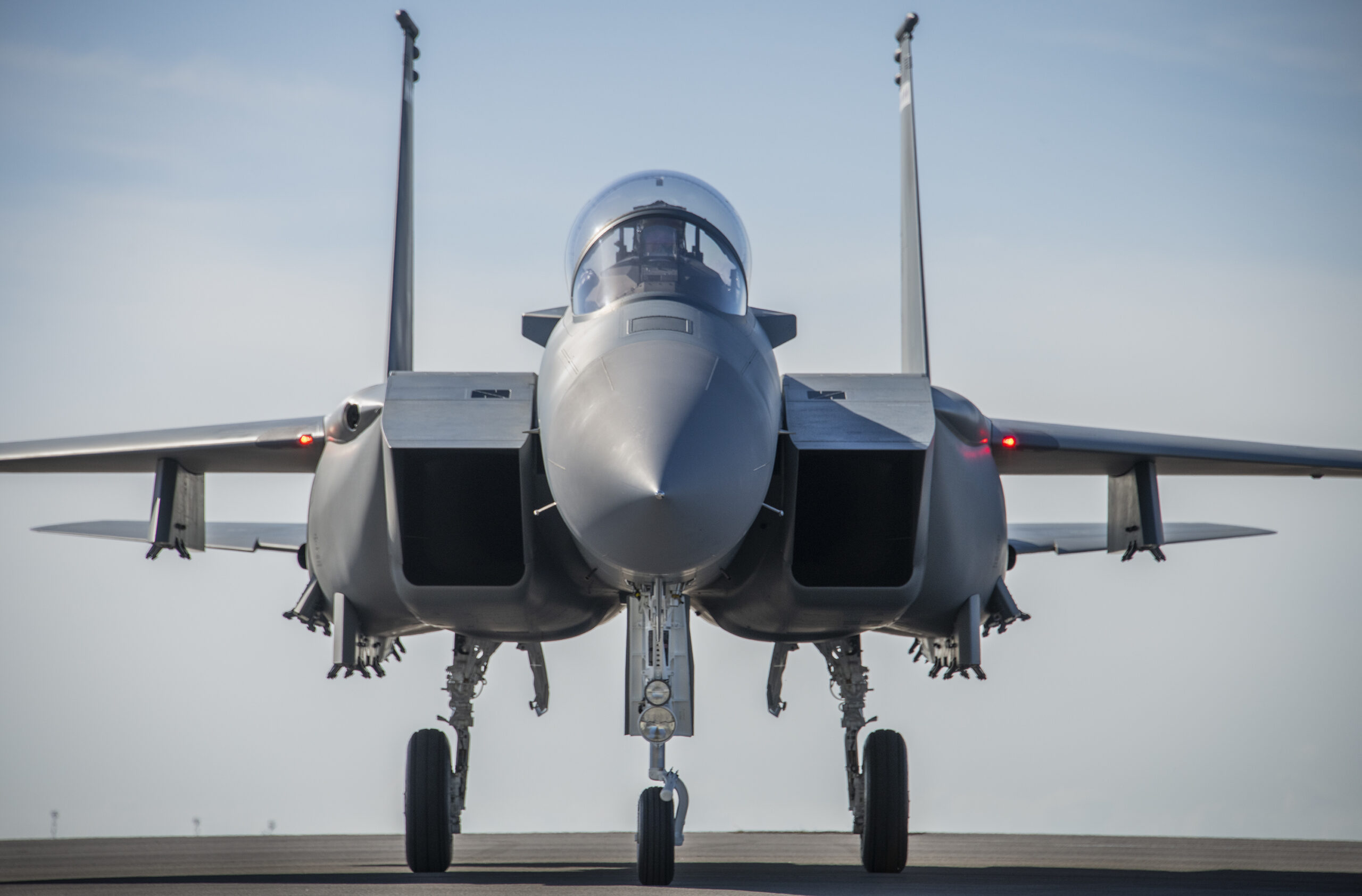Boeing has confirmed it aims to build on growing export interest in the F-15EX Eagle II by offering the fighter to Saudi Arabia, a long-term operator of the Eagle, which has previously bought successively more capable variants. The latest sales effort comes after Boeing offered the F-15EX to Poland, while Israel recently requested its own version of the jet, and the U.S. State Department has also approved a potential sale to Indonesia. However, the F-15EX finds itself in direct competition in Saudi Arabia with rival European designs: the Dassault Rafale and Eurofighter Typhoon.
“The F-15EX is the right fit adding critical capability for the Kingdom of Saudi Arabia (KSA) as the country seeks to accelerate its armed forces modernization,” a Boeing spokesperson told TWZ this week. “The F-15EX complements Saudi Arabia’s existing F-15 fleet with 95 percent commonality that includes infrastructure, training and trainer devices, and pilot skill overlap. We are ready to support our longtime and valued customers in Saudi Arabia with the most capable air superiority aircraft in production today.”
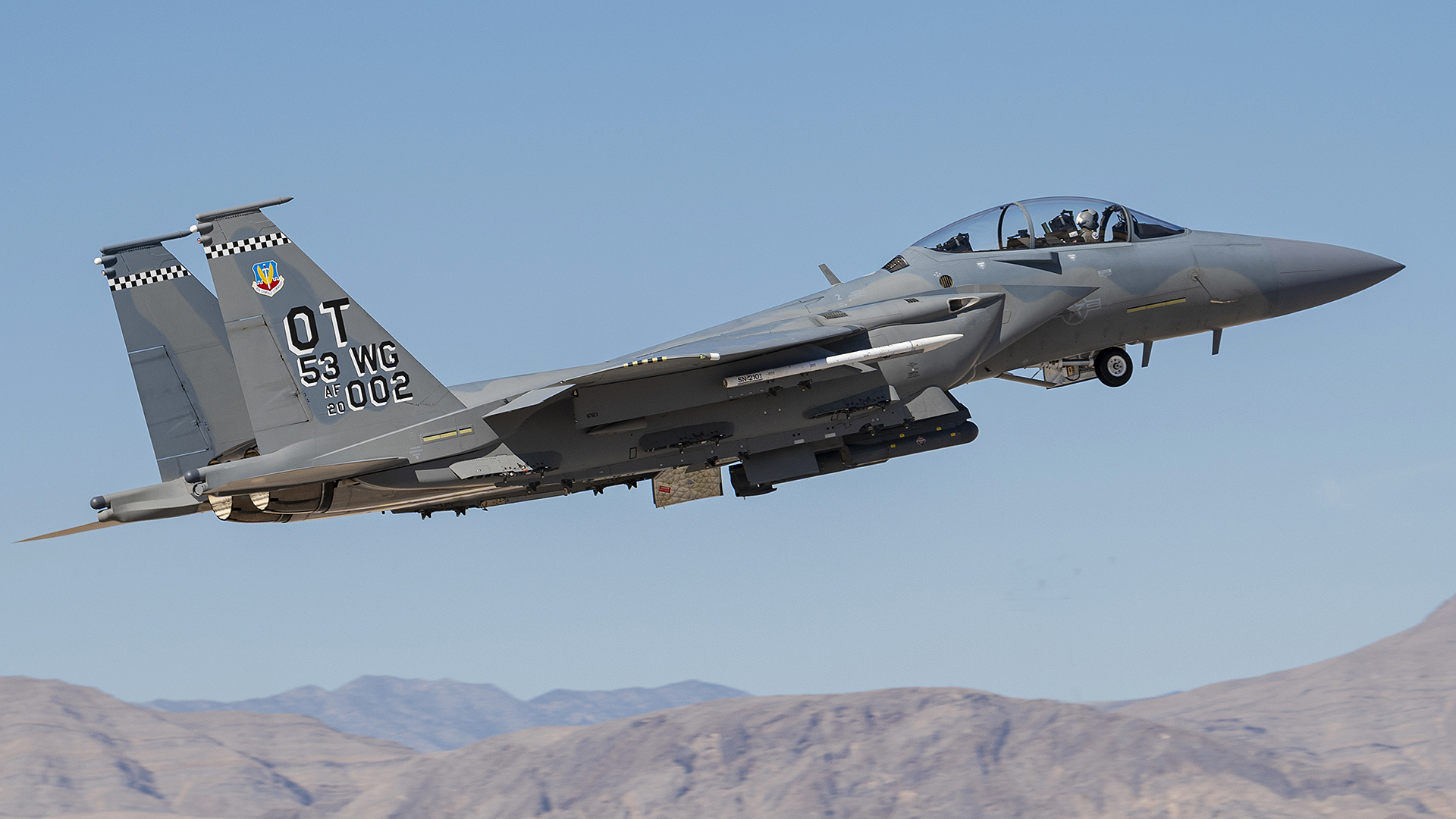
In a post last week on X, Boeing Middle East published a photo of Michael Ratney, U.S. Ambassador to the Kingdom of Saudi Arabia, seated in one of the company’s F-15EX simulators. The photo was taken during the U.S. National Day celebration held at the embassy in Riyadh, the Saudi capital, an event that “showcased the deep collaboration, cutting-edge technology and mutual growth of the U.S. and Saudi Arabia relations.”
The Royal Saudi Air Force (RSAF) has already received 84 new-build F-15SAs. These were the most advanced variants of the Strike Eagle family available until the appearance of the Qatari F-15QA. It was from the F-15QA that the U.S. Air Force’s F-15EX was derived.
As well as these new-build Saudi jets, Saudi Arabia’s 68-strong fleet of earlier F-15S aircraft (broadly equivalent to the U.S. Air Force’s F-15E Strike Eagle) have been upgraded locally to a standard similar to the F-15SA, known as F-15SR (for Saudi Retrofit).
“We’re having conversations with the U.S. Air Force regarding many international opportunities, and Boeing is committed to ensuring the Kingdom of Saudi Arabia’s F-15SAs and F-15Ss remain a critical asset in the KSA’s force structure,” the Boeing spokesperson added. This suggests that the company is also offering a new upgrade package for these jets, likely adding at least some of the features found on the latest F-15EX.
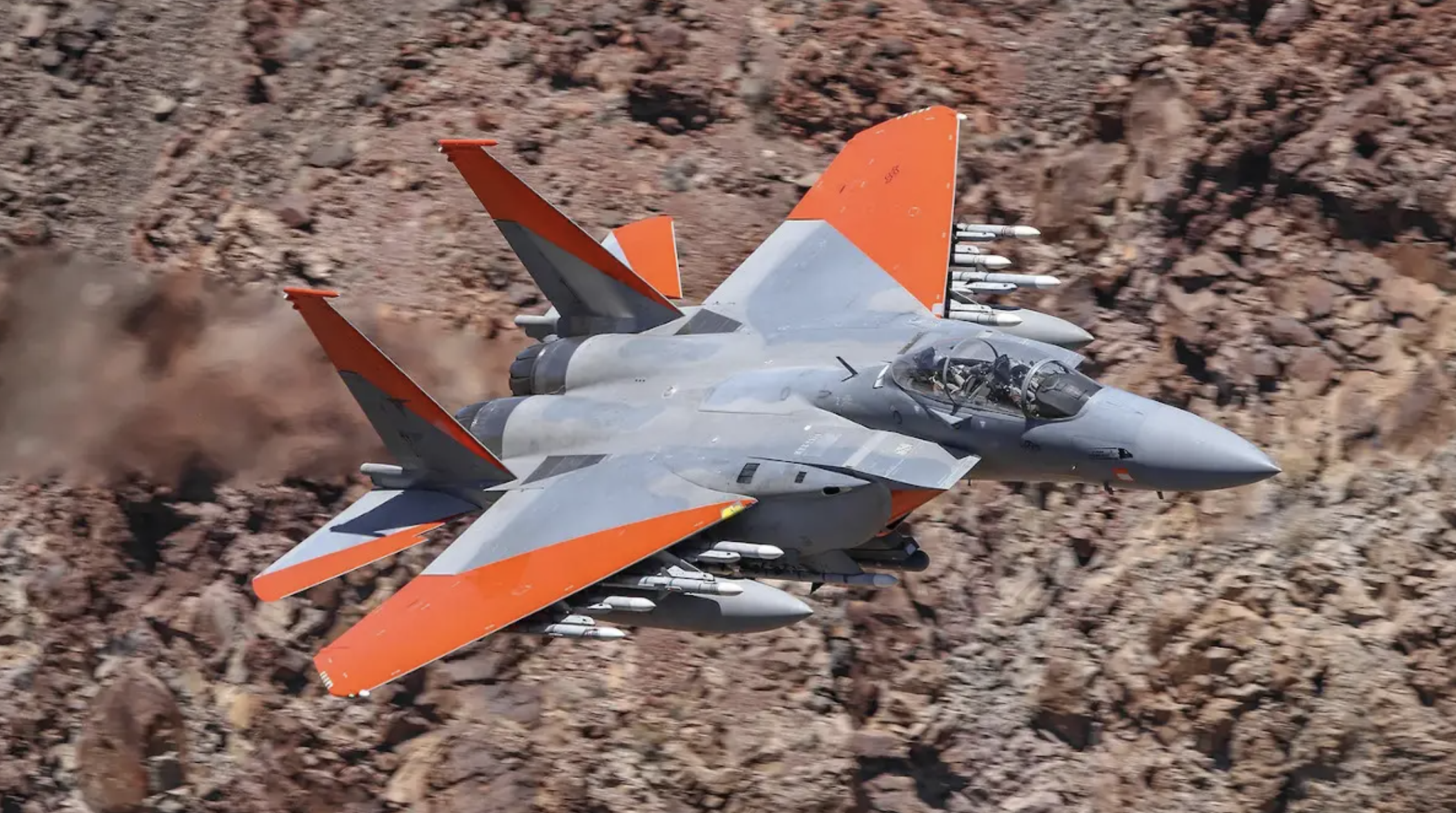
RSAF F-15SA jets taking part in a Pakistani/Saudi Arabian exercise Naseem Al Bahr XIII, in 2021, which included simulated anti-shipping strikes:

Meanwhile, the RSAF still operates the survivors of the 62 F-15Cs and F-15Ds that were acquired during the 1980s. These have not been subject to any in-depth upgrade and are still primarily used in an air defense capacity. A new Saudi order for F-15EX aircraft could well provide a direct replacement for these jets.
For the first time in recent history, Riyadh is looking at different competing options for its new fighters, rather than opting for a single-source acquisition. What has now emerged is a three-horse race between the Typhoon, Rafale, and the F-15EX.
With no history of buying French-made fighter equipment, the Rafale is something of an outsider, although Dassault Aviation confirmed late last year that negotiations around a possible Saudi Rafale deal were ongoing. The potential order is said to involve 54 Rafales.
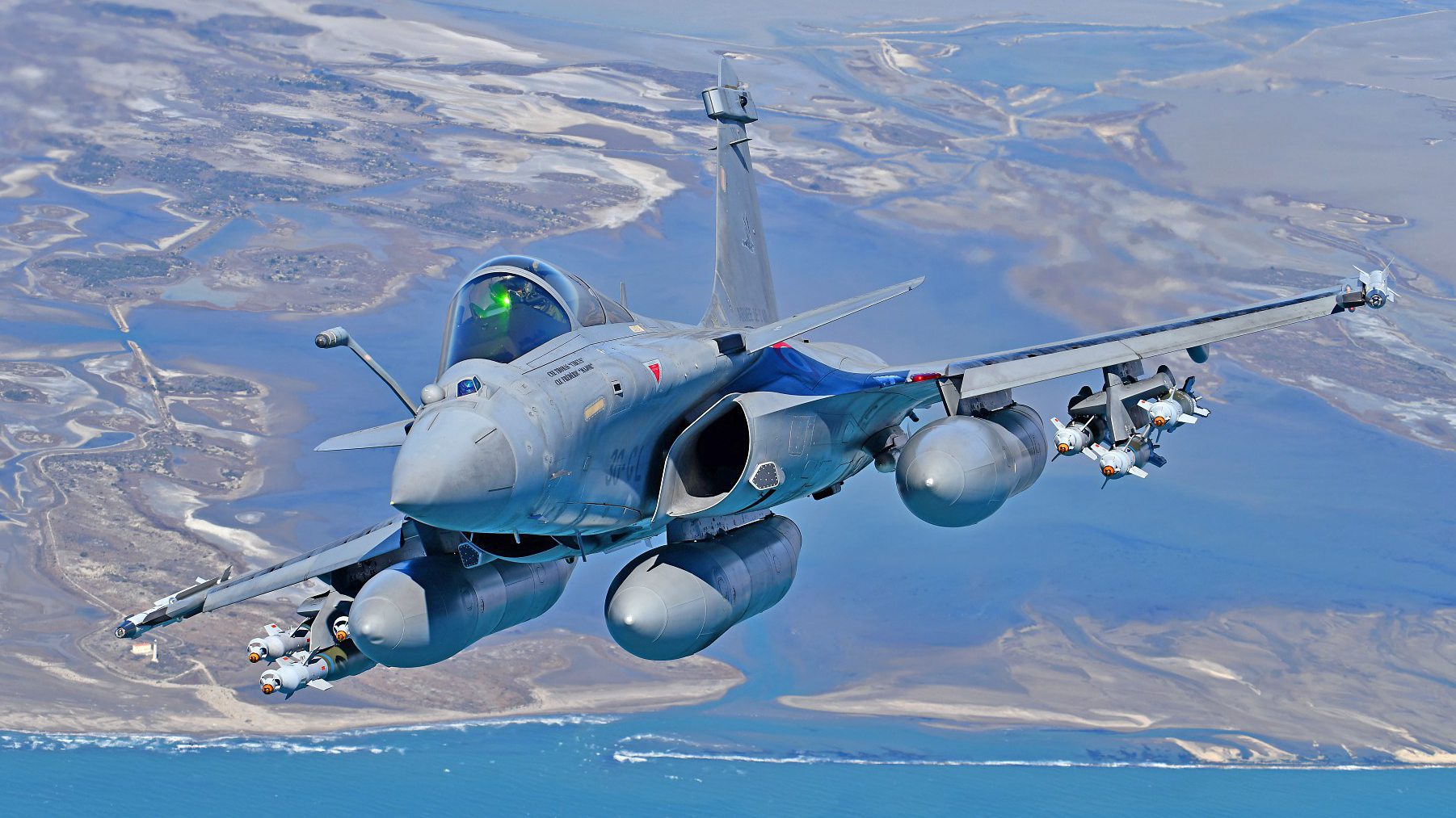
As well as building on a growing Rafale order book, the Dassault pitch is also widely seen as a direct assault on Eurofighter’s previously established position in Saudi Arabia. The French jet has recorded Middle East sales to Egypt, Qatar, and the United Arab Emirates, as of late, with more global orders on top of those.
As for the Typhoon, the RSAF has received 72 examples already and had long been expected to place a follow-on order, primarily to replace its aging British-supplied Panavia Tornado IDS swing-wing strike aircraft, around 80 of which are still in service.
The U.K. government has tried to finalize a Saudi deal for 48 more Typhoons since 2018 but has been frustrated by Germany’s stance. As part of the multinational Eurofighter consortium, Germany is able to block export sales of the jet, which it has done on the grounds of concerns over Saudi human rights abuses, including the murder of journalist Jamal Khashoggi, as well as the Kingdom’s role in the Yemen war.
Last summer, U.K. Prime Minister Rishi Sunak reportedly discussed the issue with his German counterpart, Chancellor Olaf Scholz but, as of now, there doesn’t appear to have been a breakthrough. Instead, Saudi Arabia seems to be weighing up its fighter options, playing off Eurofighter, Dassault, and Boeing to find the best solution to its requirements.
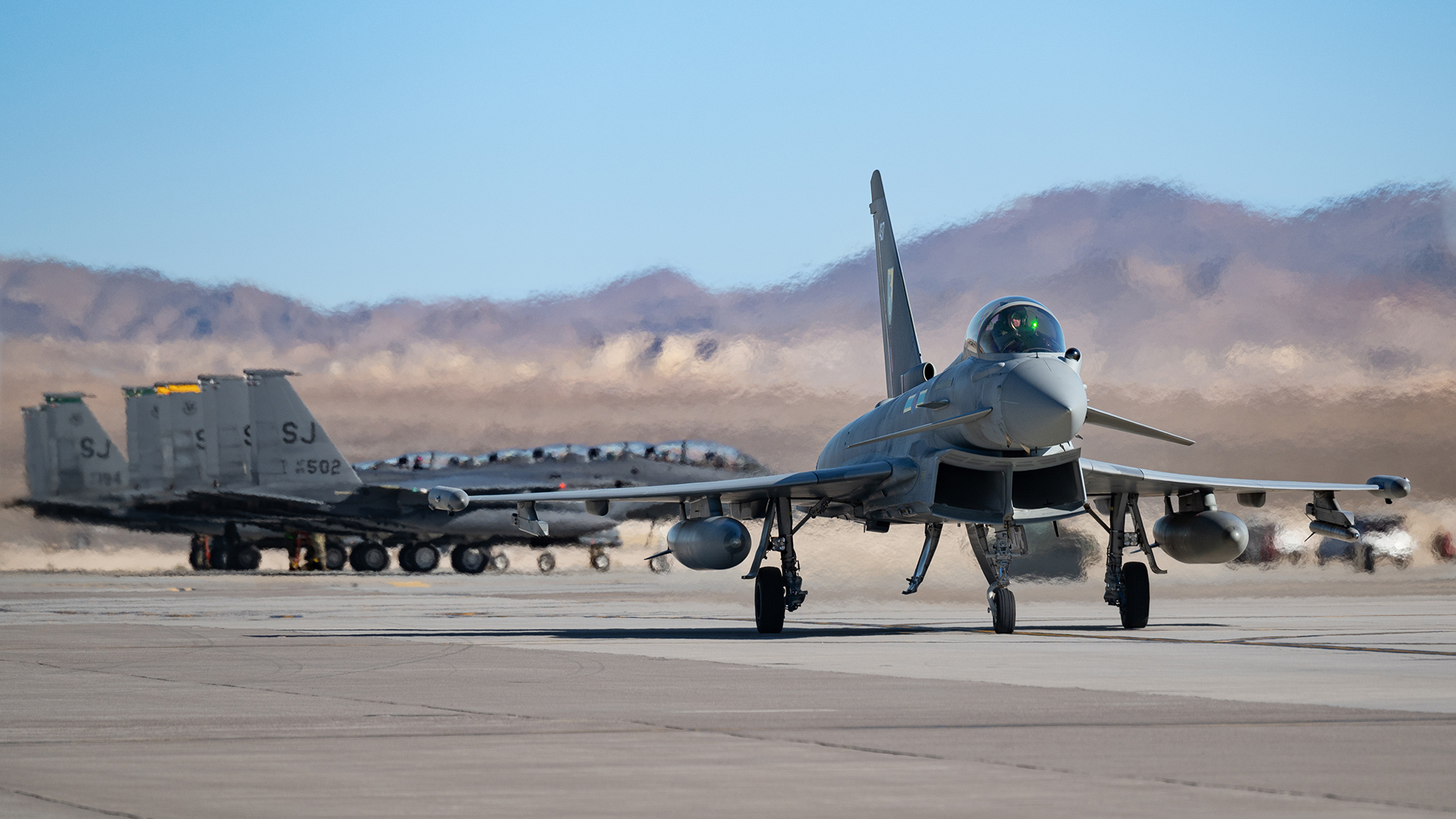
“It’s a competitive bid process,” an unnamed U.K. official told the Financial Times about the Saudi fighter requirement. “We are not complacent about it,” a second unnamed U.K. official told the same newspaper.
In many ways, the F-15EX would seem to be an ideal candidate. Unlike the Rafale, the basic aircraft is well-proven in Saudi service, including in combat. In contrast to the Typhoon, it should be far less susceptible to any political strings that could threaten to block the sale, or the subsequent supply of support and spares.
As to the specific new capabilities the F-15EX offers, you can read about those in detail in this previous TWZ feature.
For Saudi Arabia in particular, the combination of long endurance and heavy payload manifested in the F-15EX would appear to be particularly relevant. Together, these allow the aircraft to operate at extended distances, including with limited tanker support. Once on station, the F-15EX is able to loiter for relatively long periods of time, carrying up to 12 air-to-air missiles — or even as many as 22 if it were to use the proposed Amber Racks. Either configuration is especially useful for counter-air patrols focused on intercepting drones and cruise missiles, a key mission for Saudi Eagles.
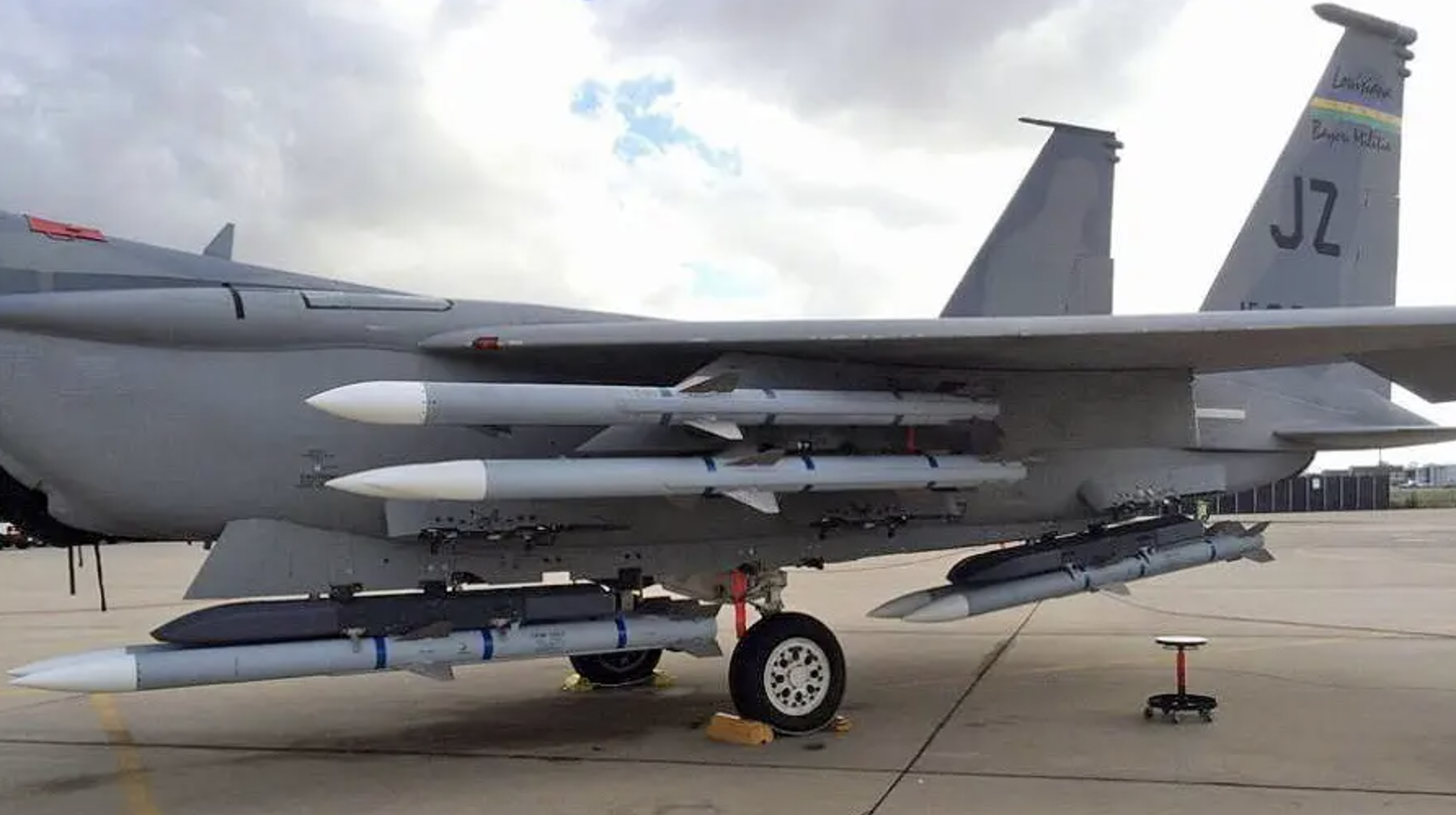
The F-15EX would be easily integrated into the RSAF, which has decades of experience operating the Eagle family, as well as extensive infrastructure — including for local upgrades — with which to support it.
One other aircraft that has garnered Saudi interest in the past is Lockheed Martin’s F-35, with reports from as long ago as 2017 that the Kingdom was looking to acquire the stealth fighter. The potential hurdles ahead of such a deal being approved are an order of magnitude greater than with the F-15EX, bearing in mind the advanced nature of the technologies being provided as well as broader political sensitivities in the region.
That said, it remains possible that Saudi Arabia will again look at acquiring a fifth-generation fighter, for which the F-35 is currently the only realistic candidate.
Riyadh may well also already be looking at its options for sixth-generation combat aircraft, in which case a deal with BAE Systems (representing the U.K. part of the Eurofighter consortium) or Dassault could offer a way toward acquiring the Tempest or the rival New Generation Fighter (NGF) — or at least some of the related capabilities.

Further impetus for bolstering the RSAF with new fighter equipment comes after years of fighting against the Iranian-backed, Yemen-based Houthi rebels. The existing Saudi F-15 and Typhoon fleets have been heavily engaged in this campaign, striking ground targets as well as intercepting drones and cruise missiles. The threat posed by Houthi drones and missiles has come into sharper focus more recently with the campaign targeting shipping in the Red Sea, in which Saudi Arabia has again been involved.
Behind the Houthi threat stands Iran and, although there were signs that tensions between Riyadh and Tehran were reducing in recent months, the potential for Iran to continue to project its power across the region, whether by proxy or undertaking its own actions, is a major spur for modernization and expansion of the Saudi military.
Maybe the most glaring case for the Saudis acquiring the F-15EX was made just weeks ago, when USAF F-15Es achieved massive success in rebuffing Iran’s giant barrage of cruise missiles and drones that were aimed at Israel. The Strike Eagles, some of which sport the new AN/APG-82 AESA radar found in the F-15EX, shot down over 70 of these projectiles during the barrage. You can read more about how this action highlighted the potential value the F-15EX can provide in this past feature of ours.
The increasingly volatile situation in the Gulf only makes it more likely that Saudi Arabia will follow up on its plans to buy new fighters. The choice now appears to be between the F-15EX, Typhoon, and Rafale, although it remains possible that — like neighboring Qatar — Saudi Arabia may yet choose to place orders for more than one of these types.
Contact the author: thomas@thewarzone.com
